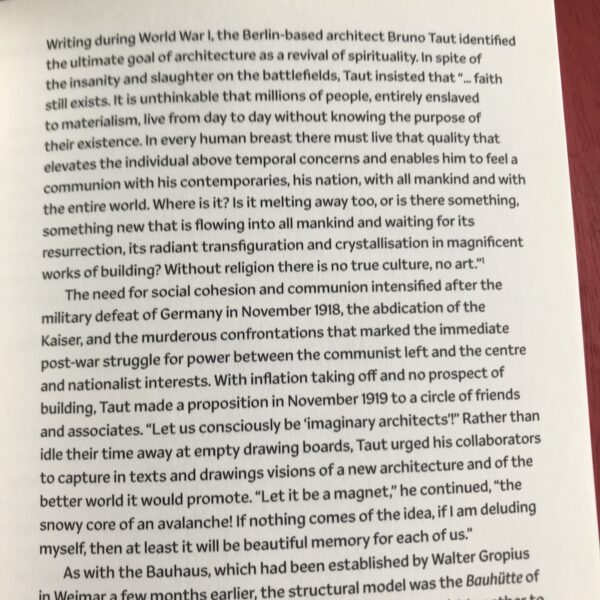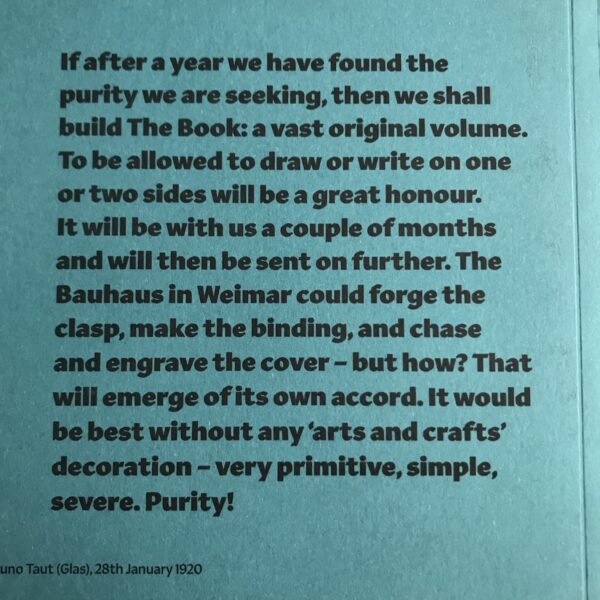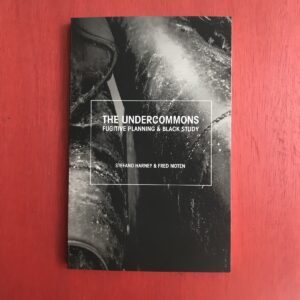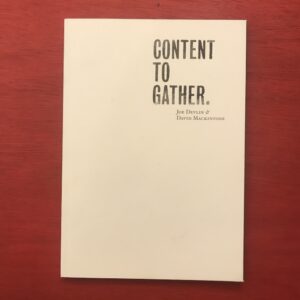The Gläserne Kette (‘Glass’ or ‘Crystal’ Chain, depending on the translation) is also referred to as the utopian correspondence. In 1919 Bruno Taut organised an exhibition for unbekannte Architekten (unknown architects) at a gallery in Berlin. Following critical acclaim for this show, Taut asked like-minded exhibitors to exchange letters and designs for a better society. A dozen architects and artists answered his call to ‘break up and undermine all former principles’ via pseudonymous letters, and in just over a year created a pivotal moment in Expressionist creativity. They were fervent about the transformative power of architecture to effect moral regeneration. Throughout the sixty or so illustrated letters exchanged between the correspondents, there are prescient visions of spontaneous growth and autogenetic materials that anticipate the advanced fabrication technologies available to us only now.
After a century dominated by rational modernism, the Gläserne Kette’s visionary modus operandum is a model for collaboration between artists and designers now. Leading up to the centenary of that seminal experiment in collectivity, sculptors, architects, filmmakers, glass artists and animators have taken inspiration from the Gläserne Kette’s call for autogenous creativity and spontaneous invention. This book arises from a contemporary Glass Chain who have exchanged ideas, creating and co-authoring work that celebrates the ethos of those utopian Expressionists. We have used digital communications as a contemporary equivalent of the Gläserne Kette’s epistolary exchanges, and have utilised both traditional and digital fabrication methods to develop new modes of collaborative practice across our individual disciplines. Our aim, like theirs, was to wonder about the ideal worlds that future technologies might enable, acknowledging that our visions, like theirs, would inescapably reflect our historical and contextual starting point.




Extending the Glass Chain – One Hundred Years On
£22.00
Item: 0 Sale
2 in stock








